Equipment CRM is a dynamic CRM platform specifically tailored to enhance the efficiency of sales processes for both sales representatives and sales executives. This tool adapts seamlessly to the distinct needs of each role, providing specialized functionalities to maximize performance and productivity. Here’s how it specifically benefits a few unique sales groups.
Opportunity Management: Streamlines the process of tracking and nurturing opportunities with pipelines that suit various sales strategies.
Activity Tracking: Allows reps to log calls, meetings, and emails directly within the CRM, ensuring all client interactions are meticulously recorded and easily accessible.
Real-Time Alerts: Delivers timely notifications for follow-ups and crucial opportunity updates, helping reps manage their schedules effectively and stay ahead of their tasks.

Performance Monitoring: Sales managers use Equipment CRM to monitor the performance of their team through metrics like sales performance summaries, opportunity stages, and activity management. This helps them identify high-performing reps and areas needing improvement.
Strategic Planning: By analyzing data on opportunities by source, lead and opportunity performance, and customer coverage, sales managers can make informed decisions about resource allocation and sales strategies.

Issue Tracking: Customer support representatives use Equipment CRM to track outstanding customer issues, view issue details, and manage follow-up activities. This ensures timely resolution of customer problems and enhances customer satisfaction.
Customer Engagement: They can monitor overdue activities, not contacted customers, and customer suggestions to ensure that all customer concerns are addressed promptly.

High-Level Insights: Executives use Equipment CRM to gain insights into overall sales performance, financial metrics, and competitive positioning. This helps them make strategic decisions and steer the company towards achieving its business goals.
Performance Benchmarking: By comparing performance across different regions and against company averages, executives can identify trends, set benchmarks, and drive company-wide improvements.
